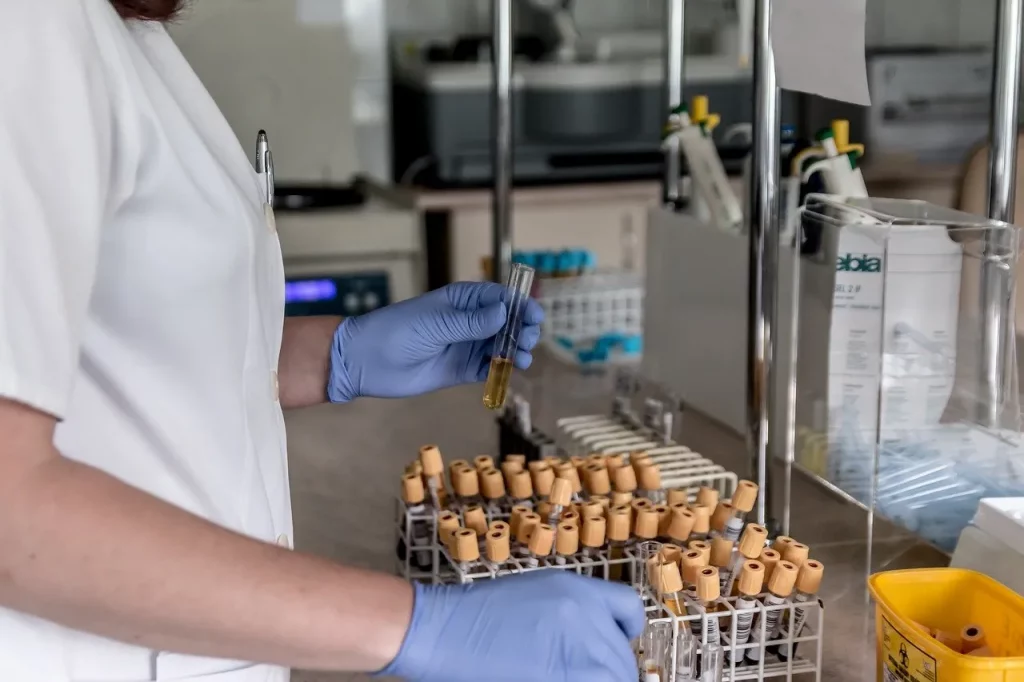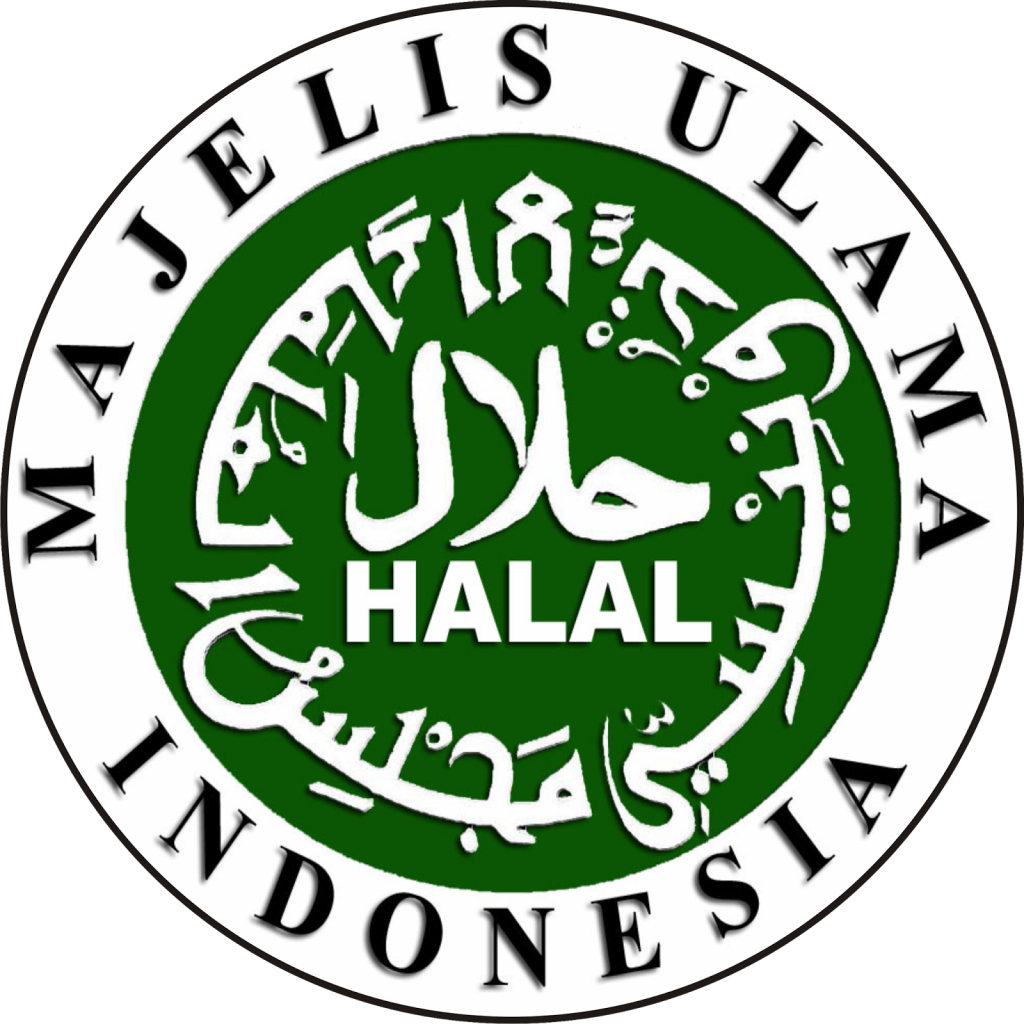Ensuring food safety and product quality requires implementing rigorous standards. One essential system widely adopted is HACCP (Hazard Analysis Critical Control Points). But what exactly is HACCP, and how does it protect consumers?
This comprehensive guide explores what HACCP is, its benefits, history, principles, and real-world applications.
Contents
What is HACCP?
HACCP, or Hazard Analysis Critical Control Points, is a preventive food safety management system designed to identify, analyze, and control hazards throughout the entire food production process—from raw materials to consumption.
This system ensures food products are safe by addressing potential biological, chemical, and physical threats, significantly reducing contamination risks.
Benefits of HACCP in the Food Industry
Understanding what HACCP is can help clarify its numerous benefits:
- Prevents food contamination and foodborne illnesses
- Improves consumer confidence and market trust
- Reduces economic losses by minimizing recalls and production shutdowns
- Enhances efficiency and reduces operational costs
- Ensures compliance with international food safety standards
- Promotes regular sanitation and hygienic practices
The History of HACCP
To fully grasp what HACCP is, it helps to know its origins. The HACCP concept emerged in the 1960s, initially developed by the Pillsbury Company in the United States to ensure pathogen-free food production for NASA’s space missions.
Officially presented at the National Food Protection Conference in 1971, HACCP quickly became a global standard. By 1985, regulatory agencies widely encouraged its implementation across various food industries. Eventually, the U.S. Food and Drug Administration (FDA) mandated HACCP systems to safeguard public health.
Key Terminologies
Understanding HACCP involves familiarity with essential terms:
- Hazard: Biological, chemical, or physical agents causing health risks
- Critical Control Point (CCP): Stages in food production requiring hazard control
- Critical Limits: Safety thresholds at each CCP
- Monitoring: Procedures assessing control effectiveness at CCPs
- Corrective Actions: Steps addressing deviations from critical limits
- Validation: Verification that the HACCP system complies with food safety standards
- Codex Alimentarius Commission (CAC): An international body (WHO/FAO) setting food safety guidelines
Read More : 17 Healthy Snacks That Are Delicious and Nutritious for Every Occasion
The 7 Principles
Understanding HACCP is requires examining its seven foundational principles:
- Hazard Analysis – Identify potential food safety hazards
- Determine CCPs – Identify crucial stages requiring control
- Establish Critical Limits – Define safe operational boundaries for CCPs
- Monitor CCPs – Implement monitoring procedures
- Implement Corrective Actions – Correct deviations immediately
- Conduct Verification Procedures – Regularly ensure HACCP effectiveness
- Maintain Documentation – Record and document processes for compliance
How Companies Implement HACCP
Companies wondering what HACCP implementation involves should follow these structured steps:
- Form an HACCP Team – Include food safety and production experts
- Gather Product Information – Analyze potential production hazards
- Identify Hazards – Evaluate risks across production stages
- Determine Critical Control Points – Pinpoint where control is necessary
- Set Critical Limits – Establish clear safety parameters
- Develop Monitoring Systems – Regularly measure CCP adherence
- Create Corrective Actions – Define steps to address deviation
- Validate the System – Periodically confirm HACCP effectiveness
- Maintain Documentation – Keep comprehensive compliance records
- Conduct Regular Evaluations – Continuously improve safety standards
- Provide Training – Educate staff on HACCP responsibilities
Real-world Examples
HACCP in Sashimi Preparation
A practical example of what HACCP is can be seen in sashimi preparation, common in Japanese restaurants:
- Hazard Identification: Heavy metals (mercury) or contamination
- CCP Identification: Freshness and integrity of fish
- Critical Limits: Fresh texture and no strong odors
- Monitoring: Regular inspections and quality checks
- Corrective Actions: Immediate disposal of non-compliant fish
HACCP in Crystal of the Sea Food Powder
Crystal of the Sea implements HACCP in its food powder production by conducting rigorous hazard analysis to ensure products are safe and contaminant-free, enhancing consumer safety across all age groups.
Read More : When to start feeding solid foods to baby?
Why You Should Care?
Now that you understand what HACCP is, you can appreciate its importance in daily life. HACCP protects you and your family by ensuring foods consumed meet rigorous safety standards.
Seeing the HACCP certification—such as on Crystal of the Sea’s products—guarantees quality and safety.
Interested in trying Crystal of the Sea’s HACCP-certified food powders? Visit our website or contact us for a free trial today.
By implementing HACCP, the food industry ensures safer products, improved consumer trust, and adherence to international standards, making it essential for everyone concerned about food safety.
Sources :
- https://www.kemenperin.go.id/download/6761/HACCP-dan-Implementasinya-Dalam-Industri-Pangan
- https://www.fda.gov/food/hazard-analysis-critical-control-point-haccp/haccp-principles-application-guidelines#princ
- https://media.neliti.com/media/publications/81032-ID-none.pdf
- Muhandri, Tjahta. 2012. Sistem Jaminan Mutu Industri Pangan. Bogor: IPB Press






